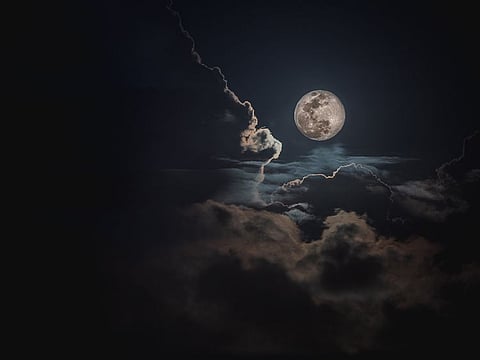Does Earth really have a second moon?
Yes and no. Sort of, explains Nasa

In something that seems out of a sci-fi flick, we have just learned that the Earth has two moons… kind of.
Nasa has confirmed that our planet has had a second moon since the 1960s — and it will stay with us until 2083. (The discovery was made this year by the University of Hawaii.)
Our first moon is probably several billion years old, and was created when something giant collided against the Earth. The debris gravitated together and formed the battered body we now call the moon. Nasa explains that the satellite was formed 384,000 kilometres away and was molten at the time of formation but over time solidified into the shape we are familiar with today.
It has a 1,740km radius and is less than a third the width of Earth. It completes its rotation around the world once every 27 days, and because of the Earth's own rotation, it feels to us like it spins around the globe every 29 days.
It is also moving slightly away from the Earth — about an inch annually.
Now, let’s talk about the new moon — which is quite different from the lunar body we’ve known. It is something called a ‘quasi moon’. This celestial body is a travelling companion moving in sync with the Earth. Named 2025 PN7, the asteroid-like structure is only about 18 to 36 metres wide.
Oh, and it doesn’t actually revolve around the Earth. It loops around the sun, but since it moves pretty much in time with our planet, it’s basically like a temporary companion and has been with us for about 60 years. It’s expected to stay until about 2083, when it will drift away.
Another thing it does not have in common with the moon is an effect on the tides, or on gravity. It stays about 4 million kilometres away, like a silent hitchhiker who, if you are not really paying attention, seems to not be there at all.
Astronomers have over the years only confirmed eight such celestial bodies — and they all provide clues about how asteroids move and how we effect the space (and things floating around in it) within our circle of influence.
Sign up for the Daily Briefing
Get the latest news and updates straight to your inbox






